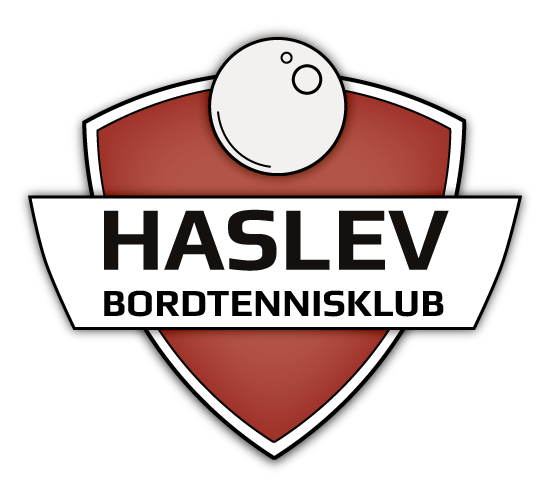In a formal art therapy session, the drawings, paintings, sculptures, or other works produced can be discussed so both client and therapist can develop a better understanding of the issues at hand. Descriptive statistics are presented in Table 1. Overall, 36.8% of programs used art therapy and 14.7% used music therapy, with 11.7% using both (not shown).

Provides a Healthy Outlet for Self-Expression
Patients receiving art therapy for their addiction may also engage in group therapy with other patients to encourage peer support and help them interact with others in similar situations. By adding art to the mix, patients can bond over their activities and connect. In my personal experience, weaving drama therapy techniques into DBT skills training has proven to be profoundly impactful. Make art based on a quote or poem you like. Quotes and poems have the power to change our moods.
Art Therapy Ideas and Prompts
- Furthermore, music therapy also provides a way to motivate patients to receive treatment.
- Art, in its many forms, can make the experience of recovery more fulfilling and enjoyable.
- Art therapy can be powerful in motivating and encouraging people to continue their recovery journey from substance abuse.
- Art therapy can offer a release of emotions and provide a tangible object you can discuss with a therapist and others.
- Draw an illustration of your idea of a fairy tale or an element from your favorite fairy tale.
- Monitor your sensations as you exercise.
She then asked us to create small visual images on paper for each of the important things we kept in there. This activity allowed us to explore the parts of ourselves that we were holding onto, both positive and negative. Let me just say, when it came time to process as a group, things got emotional. Every time you are interested in an object, come up with a name and artistic symbol for it. Working with salt dough art therapy ideas.
How does art therapy support addiction recovery?
- Trained therapists will use different art therapy prompts and techniques during addiction support groups to boost the healing process and see the best results for their patients.
- Model the result of solving your question in accordance with a certain model after 1 year and draw on the first sheet.
- Sabino Recovery’s robust family program is a 3.5 day program held in person and on campus.
- Art therapy, which is overseen by a trained therapist, is an effective therapeutic technique.
- We also keep group therapy to a maximum of eight participants, ensuring that you can maintain a comfortable and focused environment.
Though this study did not specifically discuss DBT, it demonstrated that implementing mindfulness, a core component of DBT, can assist individuals who are facing significant physical and emotional stressors. Creative arts therapies include art therapy, dance therapy, music therapy, drama therapy, and writing therapy. Creative Sober House arts therapists tend to be expert arts practitioners in one specific area who have gone on to train in a specific type of creative arts therapy (Stuckey & Nobel, 2010). For example, when I was in grad school, our studio art therapy professor asked us to make a box out of cardstock that represented our memory bank.
Types of Expressive Art Therapy Techniques
Art therapy can offer a release of emotions and provide a tangible object you can discuss with a therapist and others. Art can also be an effective tool to combine with other aspects of treatment such as detox, counseling, and support groups. If you are interested in trying art therapy, make sure you find an art therapist with the appropriate education and experience. You can find an art therapist through the American Art Therapy Association’s Art Therapist Locator.
- A profound realization many of us have when utilizing art as therapy is that you can express yourself in many different ways.
- Expand the sheet and transform the seen image.
- Use this exercise to get rid of negative feelings — such as writing down the word “angry” or a sentence about a negative situation in your life — or to send out positive feelings.
Expressive Arts Therapy vs Creative Arts Therapy

You may have experienced isolation from your family that is difficult to discuss. These situations can be hard to put into words, but rather than talk it out and risk giving inaccurate descriptions, you can draw it out. If drawing doesn’t do it for you, you can use paint, sculpture, or even dance to depict your emotions. No matter the feelings, experiences, https://thewashingtondigest.com/top-5-advantages-of-staying-in-a-sober-living-house/ traumas, or mental state, you have the ability to express them through art. Art can be therapeutic on a less formal basis, as well. The thoughts you’re having can be difficult to say out loud, and you may be unsure how to accurately depict how you’re feeling, but art therapy makes the process easier while still reaching the intended goal.
Apply yellow on a sheet of paper, apply blue on top of it. So a new color was born, it’s green. The exercise develops sensory abilities and imagination. Close your eyes and imagine a planet in space. This exercise and similar examples of art therapy develop imagination, fine motor skills, relieve emotional stress. The two with one piece of chalk art therapy ideas.
Nature-Based Expressive Arts Therapy – Sally Atkins and Melia Snyder

Add some crushed eggshells in several glasses with multi-colored paint. Draw a picture, sprinkle it with eggshell mosaic. This exercise develops fine motor skills. Spatter the paint onto the glass with water and a brush to form stains. Cover the puddles with clean paper to create a beautiful landscape.
Art can be used as a healthy tool to both express your inner thoughts and reflect on who you are, so you don’t have to rely on the substances that once harmed you. Use our resources and the power of art as a means of managing this challenging situation and find joy in the process. A profound realization many of us have when utilizing art as therapy is that you can express yourself in many different ways. You’re not limited to pencil and paper. While art therapy typically incorporates visual media like drawing, painting, and sculpture, art can take many forms. If you like to sing or play an instrument, you can compose songs that illustrate how you’re feeling.
